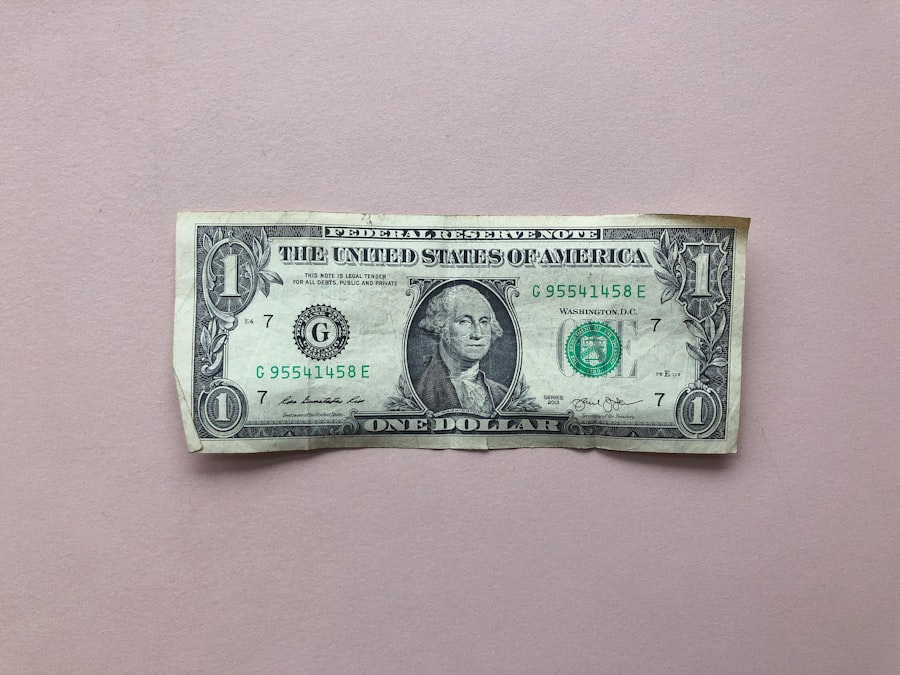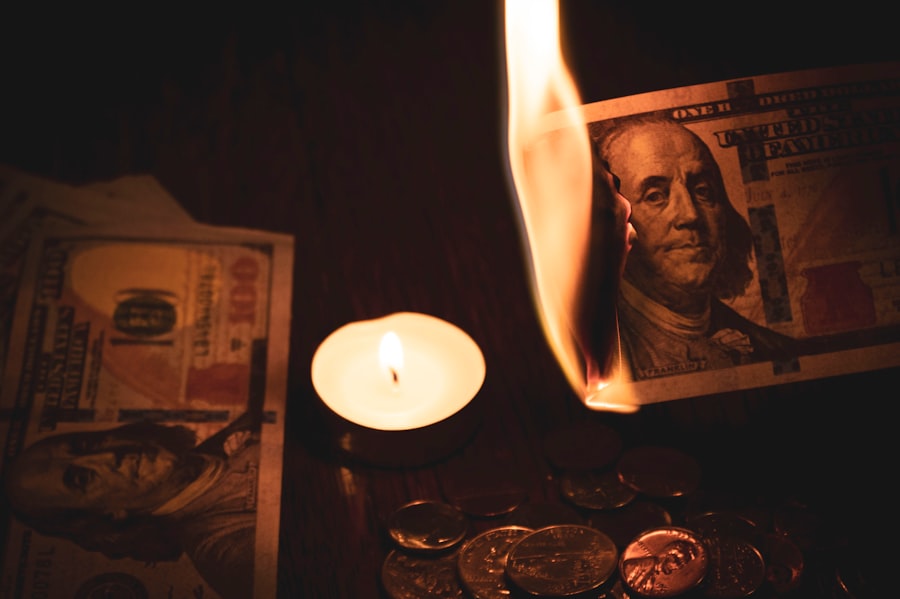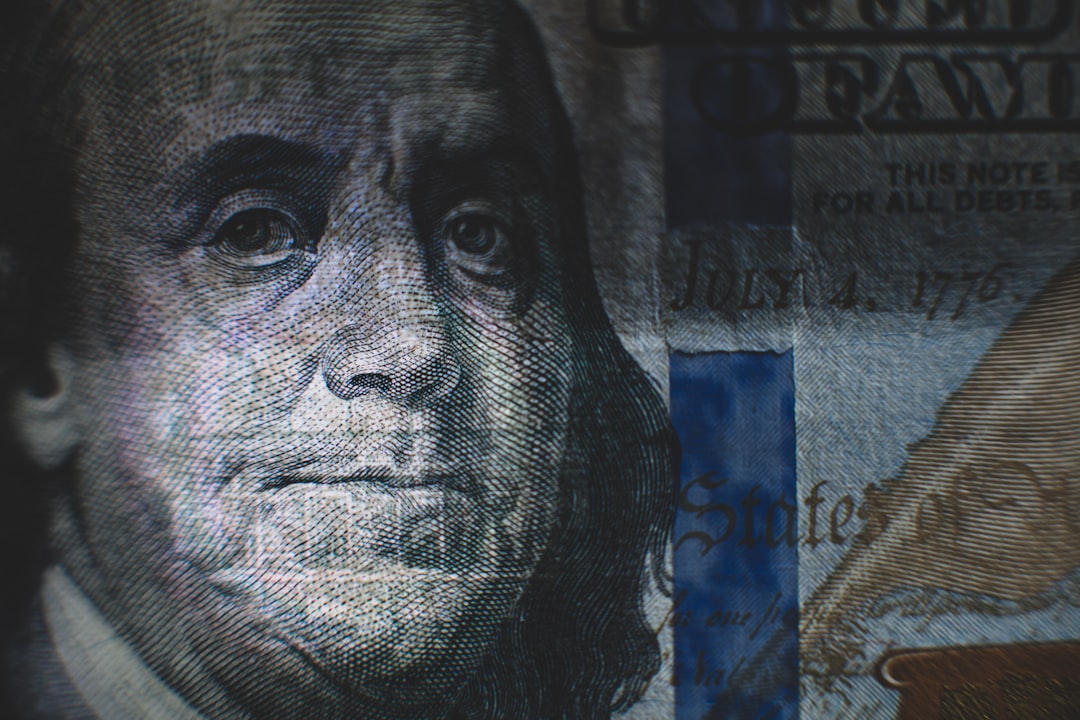As you navigate the complexities of the financial landscape, it’s crucial to grasp the concept of a dollar crash. A dollar crash refers to a significant decline in the value of the U.S. dollar, which can be triggered by various factors such as economic instability, excessive national debt, or shifts in global trade dynamics.
When the dollar loses its value, it can lead to inflation, making everyday goods and services more expensive.
The implications of a dollar crash extend beyond mere currency devaluation.
It can affect your purchasing power, savings, and investments. For instance, if you have a fixed income or savings in dollars, a crash could erode your financial security. Additionally, international markets may react unpredictably, leading to volatility in stock prices and commodities.
By comprehending the potential triggers and consequences of a dollar crash, you can better prepare yourself to mitigate risks and seize opportunities that may arise during turbulent times.
Key Takeaways
- The dollar crash can have significant impacts on your financial stability and it’s important to understand the factors contributing to it.
- Diversifying your assets can help protect your wealth from the effects of a dollar crash and other economic uncertainties.
- Investing in precious metals like gold and silver can serve as a hedge against currency devaluation and inflation.
- Creating an emergency fund is crucial for weathering financial storms and unexpected expenses during a dollar crash.
- Paying off debt can reduce financial strain and free up more resources to protect and grow your wealth during economic downturns.
Diversifying Your Assets
One of the most effective strategies to protect yourself against a dollar crash is asset diversification. By spreading your investments across various asset classes—such as stocks, bonds, real estate, and commodities—you can reduce your overall risk. This approach ensures that if one sector suffers due to economic downturns or currency fluctuations, your other investments may still perform well, providing a buffer against losses.
Moreover, diversification allows you to tap into different growth opportunities. For example, while the stock market may be experiencing volatility, real estate or precious metals might be on the rise. By having a well-rounded portfolio, you position yourself to benefit from various market conditions.
As you consider your investment strategy, think about how you can incorporate a mix of assets that align with your risk tolerance and financial goals.
Investing in Precious Metals

When it comes to safeguarding your wealth during uncertain economic times, investing in precious metals like gold and silver can be a wise choice. Historically, these metals have served as a hedge against inflation and currency devaluation. Unlike paper currency, precious metals have intrinsic value and are often sought after during periods of financial instability.
By allocating a portion of your portfolio to these tangible assets, you can create a safety net that helps preserve your wealth. Additionally, precious metals can provide liquidity in times of crisis. If the dollar were to crash, having physical gold or silver could allow you to trade or sell these assets for goods and services when cash may be less reliable.
As you explore this investment avenue, consider factors such as market trends, storage options, and the potential for long-term appreciation. Investing in precious metals not only diversifies your portfolio but also offers peace of mind in an unpredictable economic environment.
Creating an Emergency Fund
| Emergency Fund Metrics | Recommended Amount |
|---|---|
| Monthly Expenses | 3 to 6 times |
| Income Replacement | 3 to 6 months |
| Emergency Fund Goal | 3 to 6 months |
Establishing an emergency fund is another critical step in preparing for a potential dollar crash. This fund acts as a financial safety net that can cover unexpected expenses or provide support during periods of income disruption. Ideally, your emergency fund should contain three to six months’ worth of living expenses, allowing you to navigate challenging times without resorting to high-interest debt.
To build your emergency fund effectively, start by setting aside a small percentage of your income each month. Consider opening a high-yield savings account where your funds can grow while remaining easily accessible. As you watch your emergency fund grow, you’ll gain confidence in your financial resilience.
This preparation not only protects you from immediate financial shocks but also allows you to focus on long-term goals without the constant worry of unforeseen expenses.
Paying Off Debt
In an environment where the dollar’s value may be fluctuating, paying off debt becomes even more critical. High-interest debt can quickly become unmanageable if inflation rises or if your income is affected by economic instability. By prioritizing debt repayment, you free up more of your income for savings and investments, allowing you to build a more secure financial future.
Start by assessing your current debts and identifying which ones carry the highest interest rates. Focus on paying those off first while making minimum payments on others. This strategy not only reduces the total amount of interest you pay over time but also provides psychological relief as you see debts diminish.
As you work towards becoming debt-free, you’ll find that your financial flexibility increases significantly, enabling you to invest more confidently in other areas.
Cutting Expenses

Another effective way to prepare for a potential dollar crash is by cutting unnecessary expenses from your budget. By evaluating your spending habits and identifying areas where you can save money, you can increase your financial cushion and redirect those funds toward savings or investments. This process requires honesty and discipline but can lead to significant long-term benefits.
Start by tracking your monthly expenses and categorizing them into needs and wants. Look for subscriptions or services that you rarely use and consider eliminating them. Additionally, explore ways to reduce utility bills or grocery costs by shopping smarter or using coupons.
Every dollar saved adds up over time and contributes to your overall financial health. By adopting a frugal mindset now, you’ll be better equipped to weather any economic storm that may come your way.
Generating Additional Income Streams
In an uncertain economic climate, relying solely on one source of income can be risky. Generating additional income streams can provide you with greater financial security and flexibility. Whether through side hustles, freelance work, or passive income opportunities, diversifying your income sources can help cushion the impact of a dollar crash.
Consider leveraging your skills or hobbies to create additional income opportunities. For instance, if you have expertise in graphic design or writing, freelance platforms offer avenues to connect with clients seeking those services. Alternatively, explore passive income options such as rental properties or dividend-paying stocks that can generate revenue without requiring constant effort on your part.
By actively seeking ways to increase your income, you’ll enhance your financial stability and create more opportunities for growth.
Protecting Your Investments
As you build and diversify your investment portfolio, protecting those investments becomes paramount—especially in times of economic uncertainty. One way to safeguard your assets is through strategic asset allocation based on your risk tolerance and investment horizon. This means balancing high-risk investments with more stable options to mitigate potential losses during market downturns.
Additionally, consider utilizing stop-loss orders for stocks or diversifying into defensive sectors that tend to perform well during economic downturns—such as utilities or consumer staples. Regularly reviewing and rebalancing your portfolio ensures that it aligns with your evolving financial goals and market conditions. By taking proactive steps to protect your investments, you position yourself for long-term success even amidst volatility.
Keeping an Eye on Inflation
Inflation is an ever-present concern in the financial world and can significantly impact your purchasing power during a dollar crash. As prices rise due to inflationary pressures, the value of money diminishes over time. To safeguard yourself against this phenomenon, it’s essential to stay informed about inflation trends and adjust your financial strategies accordingly.
Understanding these metrics will help you anticipate changes in the economy and make informed decisions about investments and savings strategies. Additionally, consider investing in assets that historically outperform inflation—such as real estate or commodities—to preserve your wealth over time.
Seeking Professional Financial Advice
Navigating the complexities of personal finance can be daunting, especially when preparing for potential economic downturns like a dollar crash. Seeking professional financial advice can provide you with tailored strategies that align with your unique circumstances and goals. A qualified financial advisor can help you assess your current situation, identify areas for improvement, and develop a comprehensive plan for achieving financial security.
When choosing a financial advisor, look for someone with experience in navigating economic uncertainties and who understands the importance of diversification and risk management. They can offer insights into market trends and help you make informed decisions about asset allocation and investment strategies. By collaborating with a professional, you’ll gain confidence in your financial decisions and be better equipped to weather any storm that may arise.
Staying Informed and Prepared
Finally, staying informed about economic developments is crucial for maintaining financial preparedness in an ever-changing landscape. Regularly reading financial news articles, following reputable analysts on social media, or subscribing to newsletters can keep you updated on market trends and potential risks associated with a dollar crash. Moreover, consider joining online forums or local investment clubs where like-minded individuals share insights and strategies for navigating economic challenges together.
Engaging with others who are also focused on financial preparedness can provide valuable perspectives and foster a sense of community during uncertain times. By remaining proactive in your education and networking efforts, you’ll be better positioned to adapt to changes in the economy while safeguarding your financial future. In conclusion, preparing for a potential dollar crash involves understanding its implications and taking proactive steps to protect yourself financially.
By diversifying assets, investing in precious metals, creating an emergency fund, paying off debt, cutting expenses, generating additional income streams, protecting investments, keeping an eye on inflation, seeking professional advice, and staying informed—you’re equipping yourself with the tools necessary for resilience in uncertain times. Embrace these strategies as part of a holistic approach to financial well-being that empowers you to navigate whatever challenges lie ahead confidently.
In the face of economic uncertainty, understanding how to navigate a potential dollar crash is crucial for financial stability. A related article that provides valuable insights into this topic can be found on Real Lore and Order’s website. This article delves into strategies and considerations for safeguarding your assets and maintaining financial security during turbulent times. For more detailed information, you can read the full article by visiting this link.
WATCH THIS! The 8 Assets You OWN But the Government CONTROLS (Dollar Collapse Survival)
FAQs
What is a dollar crash?
A dollar crash refers to a rapid and significant decline in the value of the US dollar relative to other currencies. This can lead to higher inflation, decreased purchasing power, and economic instability.
What causes a dollar crash?
A dollar crash can be caused by various factors such as high levels of national debt, trade imbalances, geopolitical instability, and changes in monetary policy. It can also be influenced by market speculation and investor sentiment.
How can individuals survive a dollar crash?
To survive a dollar crash, individuals can consider diversifying their investment portfolio, holding assets in other currencies, investing in precious metals like gold and silver, and considering alternative forms of currency such as cryptocurrencies. It’s also important to have a financial plan in place and to stay informed about economic developments.
What are the potential impacts of a dollar crash?
A dollar crash can lead to higher prices for imported goods, increased inflation, decreased value of savings and investments, and potential economic recession. It can also impact global trade and financial markets.
How can businesses prepare for a dollar crash?
Businesses can prepare for a dollar crash by hedging currency risk, diversifying their customer base and supply chain, and considering alternative financing options. It’s also important to closely monitor exchange rates and economic indicators.
